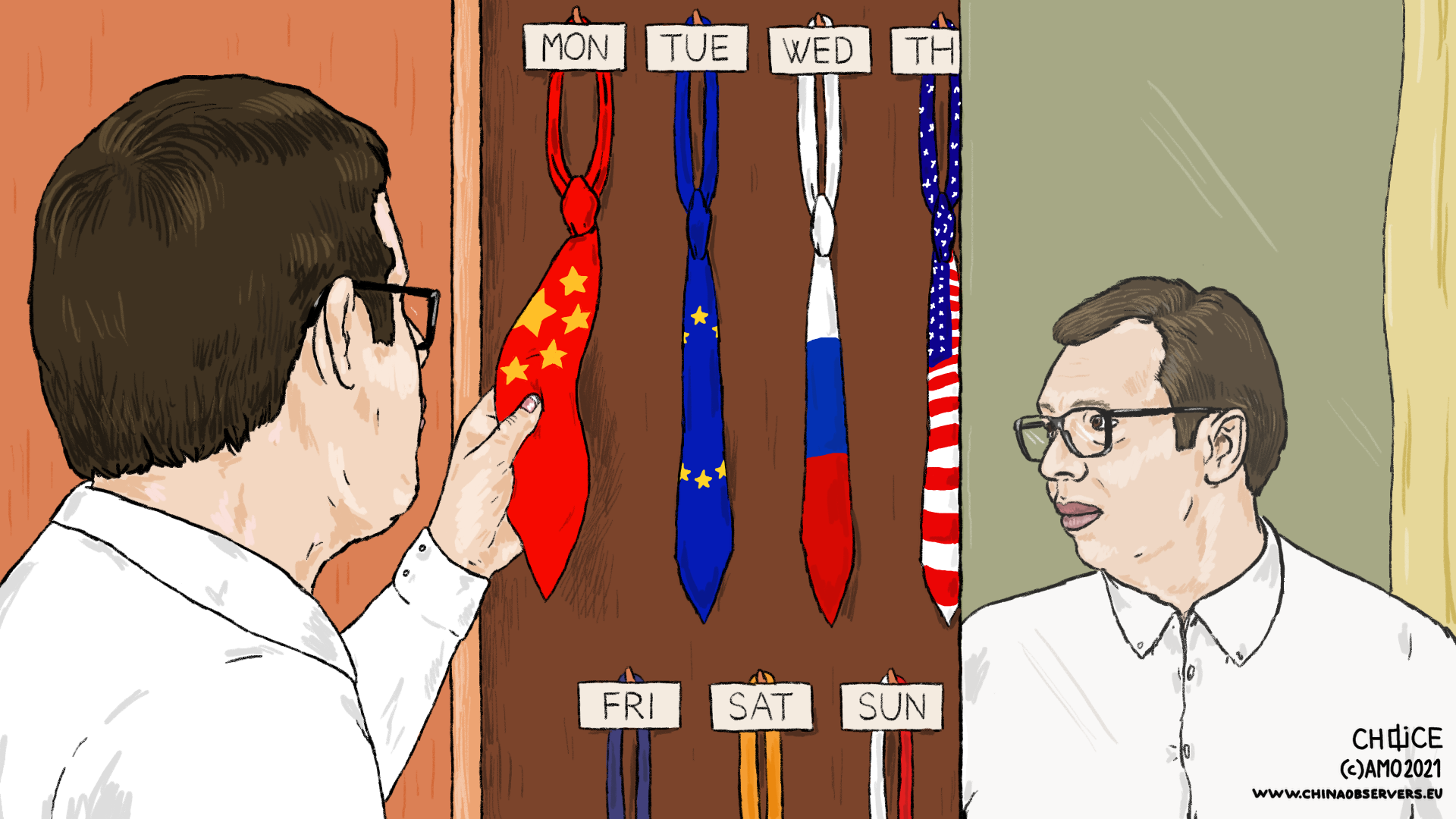

Always gonna recommend Project Zomboid.
It does have a sandbox aspect, but much as I want to like the game, I always find myself dropping it and playing Cataclysm: Dark Days Ahead instead, which is a similar “zombie survival” genre game, but has vastly more stuff and game mechanics. The big selling point for Project Zomboid, in my book, is the far gentler learning curve and lower barrier to entry; it’s got an adorable tutorial racoon, and doesn’t hit you with too much at once, but…
-
The combat in Project Zomboid frustrates me. It’s very simple, not a lot going on, but because a zombie infection is incurable, a single mistake in timing can have catastrophic effects, so it requires no errors.
-
The character builds. Project Zomboid has a lot of perks and such. Cataclysm’s got vastly more, plus mutations, bionics, all that stuff.
-
I prefer the Cataclysm turn-based play to the Project Zomboid real-time play. I don’t have to wait in the real world for actions to complete, and I can stop and think about what my next move is.
-
To try to illustrate the game complexity difference, take firearms as an example. Project Zomboid has six handguns, four shotguns, and four rifles. Each has one type of ammunition. There are ten weapon mods, each of which can be placed on some of those weapons. There is a firearms skill.
Cataclysm has, to look at just one firearm class and caliber category, 41 rifle-class weapons chambered in .223 (and that’s by default, as chambering can be modified). Each of these can take something like six different classes of weapon mods (replacing the stock, sticking things on the barrel, adding secondary weapons like underbarrel grenade launchers or flamethrowers, etc), multiple fire modes. There are 18 sight mods alone, and it’s possible to have multiple sights on a weapon. Recoil is modeled. Firearms can fit in various types of back/ankle/hip holsters, and draw time and encumbrance is a factor; these also have volume and longest-dimension characteristics, so that a large revolver can’t fit in a small holdout holster. For those .223-caliber rifles alone, there are 13 types of ammunition, including handloads, tracer rounds, armor-piercing rounds, etc. There are 63 different calibers of weapons. Energy weapons, flamethrower/incendiary weapons, chemical weapons, explosive projectile weapons, flechette weapons, illumination rounds, EMP weapons. There are multiple-barrel weapons, including some with barrels in different calibers. You can load specialized ammunition in a specified order. Different types of reloading mechanisms (revolver, magazine, belt) are modeled. Some weapons use compatible magazines, and high-capacity and drum magazines exist. Speedloaders for revolvers exist. Weapons can be installed mounted on vehicles (fired manually from a mount position, or with an automated weapons targeting system installed, set up to fire automatically). NPCs (friendly, and hostile) can be armed with them. Bore fouling is modeled. When you fire a weapon without hearing protection, you’re temporarily deafened to some degree. There are multiple stances one can take when firing those weapons. Some of the game’s martial arts forms permit use of firearms. There are firearm melee modifications, like bayonets. There are skills for different types of weapons. The game has all sorts of exotic real-world firearms (e.g. to pick a random one, the American-180, a submachine gun firing .22 rounds with a 180-round pan magazine); the game probably has more real-world firearms than any other video game out there; my current source tree says that there are 555 in total.
And that’s before getting into stuff like sandbox vehicle design and construction (land, water, air, amphibious), power generation and storage, nutrition (weight and its various effects on physical capabilities, body fat, vitamins, calcium intake), artifacts, magic (if you turn on some of the various magic or psionic mods), bionics, mutations, local weather systems, temperature (air and body; you can set up heaters and air conditioners in vehicles), vision in various spectra, monsters tracking scent/vision/noise, fires and building structural failures, brewing, the ability to recruit NPCs and create faction camps, quests, aliens, disease modeling, various types of parasites, fungal infections, various types of poisonings and envenomings, various types of lights, devices with removable batteries, internal-batteries, USB-style (UPS) charging and power that can run off static, vehicle, bionic, or power stations. Solar/wind/gasoline/diesel/jet fuel/nuclear power generation. Multi-fuel engines. Multiple-engine vehicles (or, with appropriate electronic systems, hybrid vehicles that can automatically toggle an ICE engine to charge a battery to run electric motors). Seatbelts and harnesses (and being ejected from vehicles in crashes). Folding, portable vehicles. Bike and motorcycle racks on cars. Stimulants, depressants, alcohol. Acetylene and electrical welding. Tons of types of food to cook (looks 547 recipes currently available). The thing is just huge.




I like Stellaris quite a bit, but I should note that OP mentioned how he didn’t like spending money on DLC. Stellaris follows the typical Paradox approach of creating a lot of DLC to expand and extend the game and its gameplay as long as people are interested in buying it, and winding up with a large game that’ll cost you a lot if you want all the DLC. It may be worthwhile, but if one wants to get all the DLC, it’s gonna add a fair bit to the price.
(checks Steam)
The base game is $40. Buying every available piece of DLC (and it looks like they’re still coming out with more stuff) is another $429.
That being said, I’ve also got a lot of hours of gameplay out of Stellaris, so that does bring the cost-per-hour down quite a lot. But it depends on how much someone is going to play the thing.